The 10 Quarters or districts of Saint Lucia
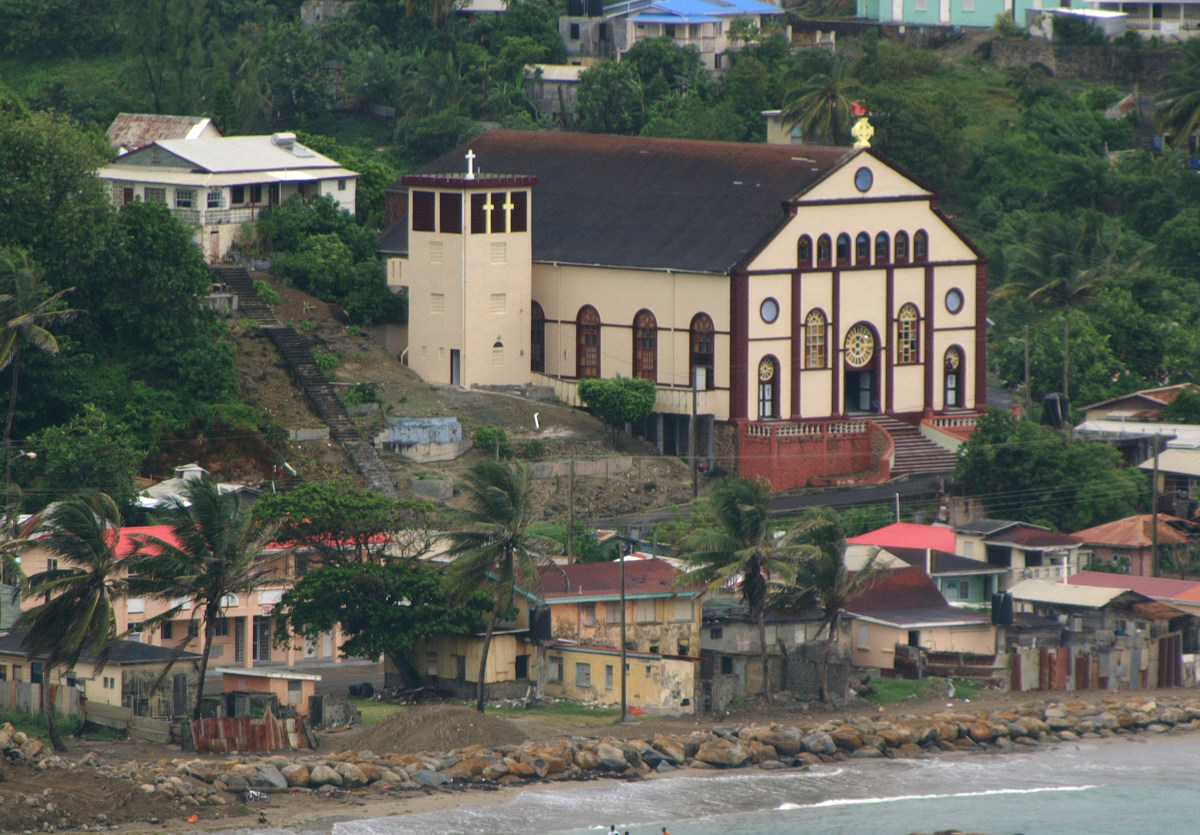
St. Lucia is divided into 10 quarters or districts which are also called parishes by the locals and other island neighbours.
Table of Contents
The island of Saint Lucia has a land area of 617 square kilometres. The 10 quarters of Saint Lucia are a collection of historic communities that each have their own unique identity and cultural heritage.
Discover the Rich History and Culture of the 10 Quarters of Saint Lucia:
If you're looking for a more relaxed and laid-back atmosphere, head to the fishing villages of the north coast. These charming communities are home to some of the island's best seafood restaurants and offer breathtaking views of the Caribbean Sea.
The quarters or districts are:
- Castries,
- Anse La Raye,
- Choiseul,
- Canaries,
- Dennery,
- Gros Islet,
- Laborie,
- Micoud,
- Soufrière,
- Vieux Fort.
The island got its name from Saint Lucy of Syracuse by the first colonisers who went there from Europe. Their legal system is based on the British Common Law and has been an independent state since February 22, 1979.
The 10 quarters of Saint Lucia are a collection of historic communities that each have their own unique identity and cultural heritage. From the bustling capital city of Castries to the sleepy fishing villages of the north coast, these quarters offer a glimpse into the island's rich cultural heritage.
The south coast of Saint Lucia is home to several agricultural communities, many of which still rely on traditional farming techniques. Here, visitors can explore lush fields of bananas, cocoa, and spices and learn about the island's agricultural heritage.
The 10 quarters are described below:
Anse la Raye:
The quarter of Anse la Raye has a land area of 31 km2 and a population of 6,495 inhabitants. People living in this quarter have fishing and agriculture as their major means of employment.
Below: Anse la Raye from the hill top.
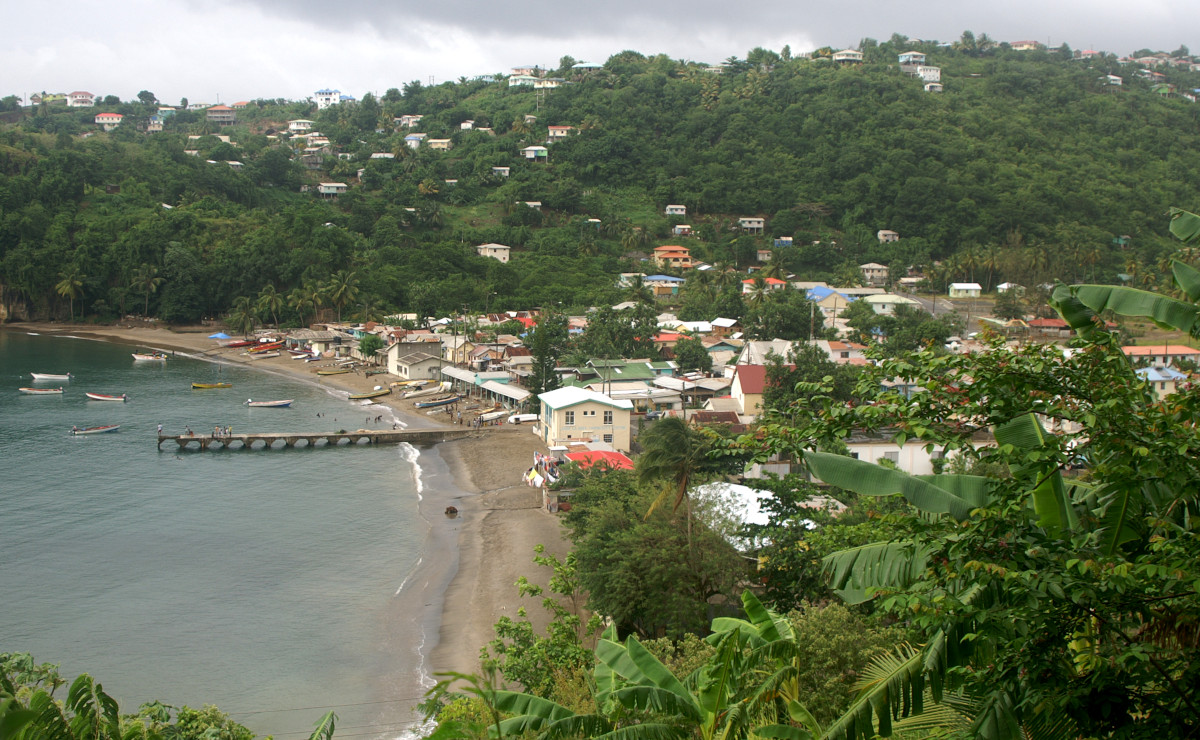
The main town for this quarter shares the same name and is known for holding the event “Seafood Friday” which is enjoyed on a weekly basis by both locals and tourists. This weekly event features music, drinks and the serving of a lot of different seafood dishes.
Canaries:
The quarter of canaries is a very small quarter.
Castries:
This quarter has a land area of 79 km2 and has the largest population on the island. The population according to statistics from 2001 was approximately 61,341. It is the second largest quarter on the island.
Below: The capital city of Castries is one of the busiest and most vibrant quarters of Saint Lucia.
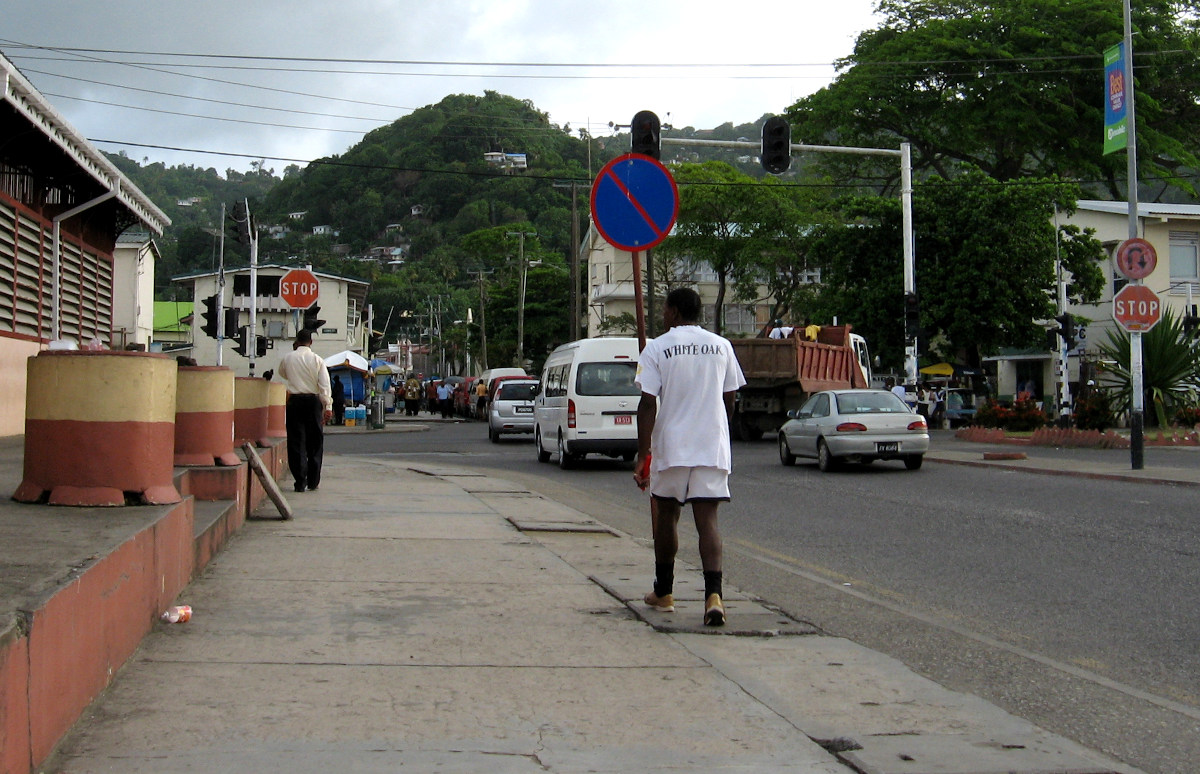
It is home to a bustling marketplace, several museums, and a number of historic landmarks, including the Cathedral of the Immaculate Conception and the Derek Walcott Square.
The city is host to the St. Lucia Jazz Festivals whenever it comes to that time of the year.
Choiseul:
The land area of this quarter is 31 km2 and has a population of 6,372. It is located to the Southwestern corner of the island and is home to the manufacturing of coal pots. You can find a lot of these and other craft items for sale on the streets of this quarter. Local attractions in this quarter include the Saltibus Waterfall Trail and the Morne Sion Windmills among others.
Dennery:
This quarter has a land area of 70 km2. The population in 2001 was approximately 12,773. This quarter can be found on the eastern side of the island.
Below: The church at Dennery.
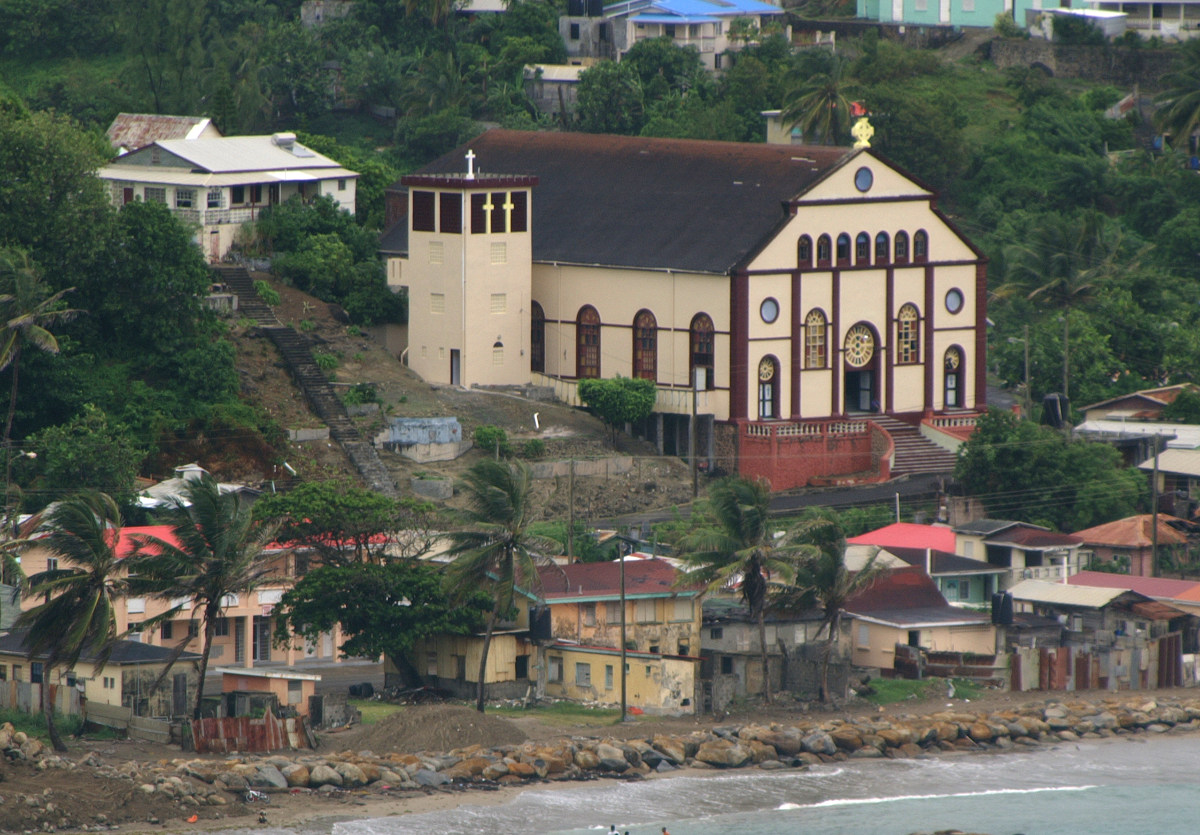
The larger section of this quarter is found in the Mabouya Valley and you can find the Frigate Island Nature Reserve just a few kilometres to the southern part of the town.
Gros Islet:
This is the largest quarter of St. Lucia with a land area of 101 km2. It has a population of approximately 20,000 inhabitants. It is one of the newest towns on the island and also where you will find the Beausejour Cricket Grounds. These grounds hosted the 2010 ICC World Twenty 20 and the Cricket World Cup in 2007.
Below: The fort and ruins at Pigeon island give a clue to the naval and military past of the island.
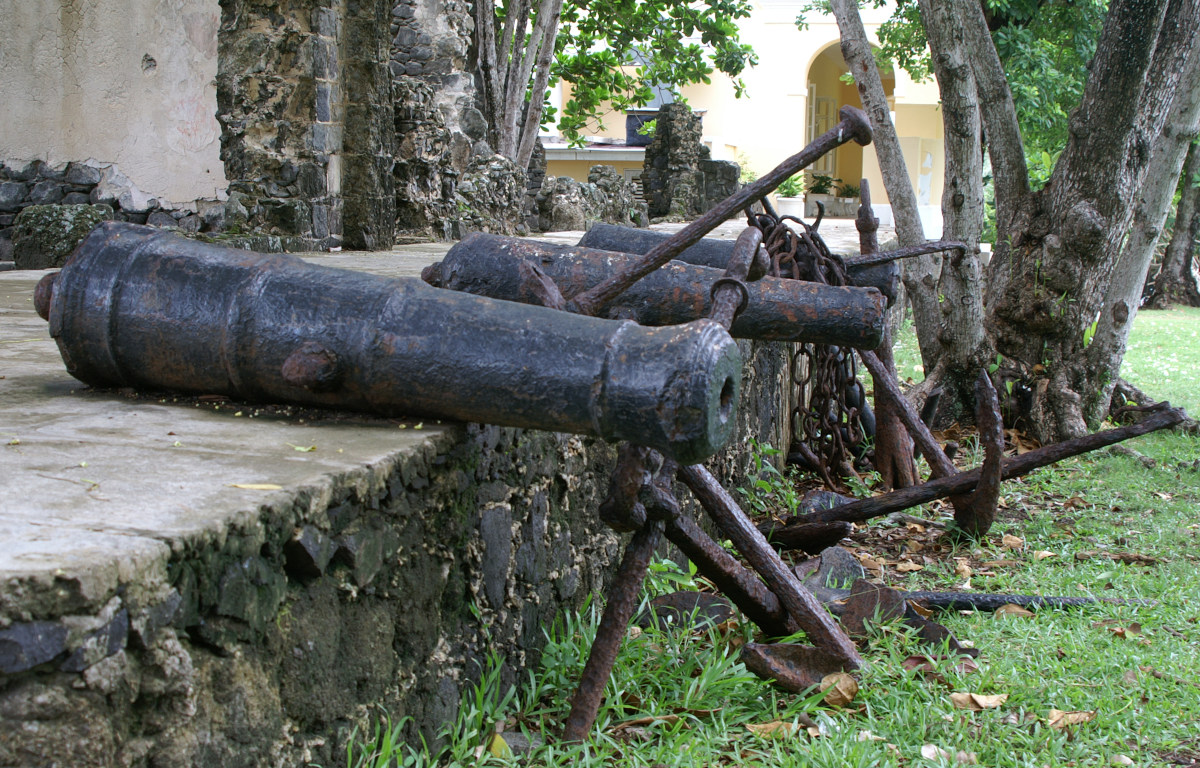
Pigeon Island is one of the major tourist attractions here.
You will find the northernmost point of the island here which is known as Cap Point. It is the home of the Friday Night Street Party which draws a lot of Tourists to the area. This party is also called the Jump-Up and consists of several blocks that are filled with street vendors selling their wares.
These usually include barbecued chicken and steamed fish along with the Islands Piton beer. Music played includes R&B, Calypso, Reggae and Zouk. Then there is the Rodney Bay area of the quarter which is where you will find the majority of the caterings for tourists. In this area you will find a number of malls, night clubs, restaurants and shops.
Laborie:
The land area of this quarter is 38 km2 and the population is about 7,414 inhabitants. It was inherited from the French and can be found just 27 km from the capital of the island; Castries. It is considered to be an administrative division.
Micoud:
This quarter is 78 Km2 and has a population of 17, 153 people. There is also a village within this quarter that shares the same name.
Below: Exotic flowers at Mamiku.
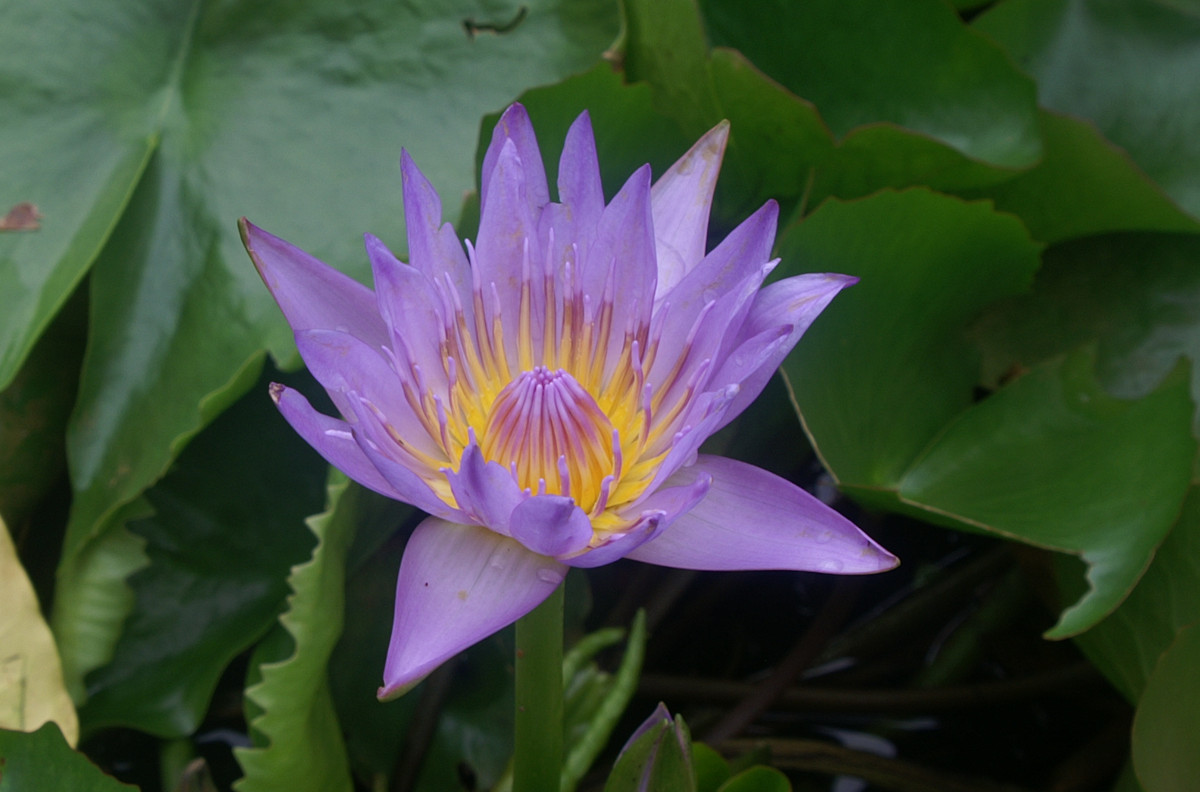
Mamiku Gardens and a few other destinations can be found in the Micoud parish.
Soufrière:
This St. Lucian quarter can be found on the coast to the southwest of the island. During French ruling it was this quarter that was the capital of St. Lucia. In recent times it has become a small shipping port that now has an upcoming tourism industry.
Below: Soufriere seen from the sea.
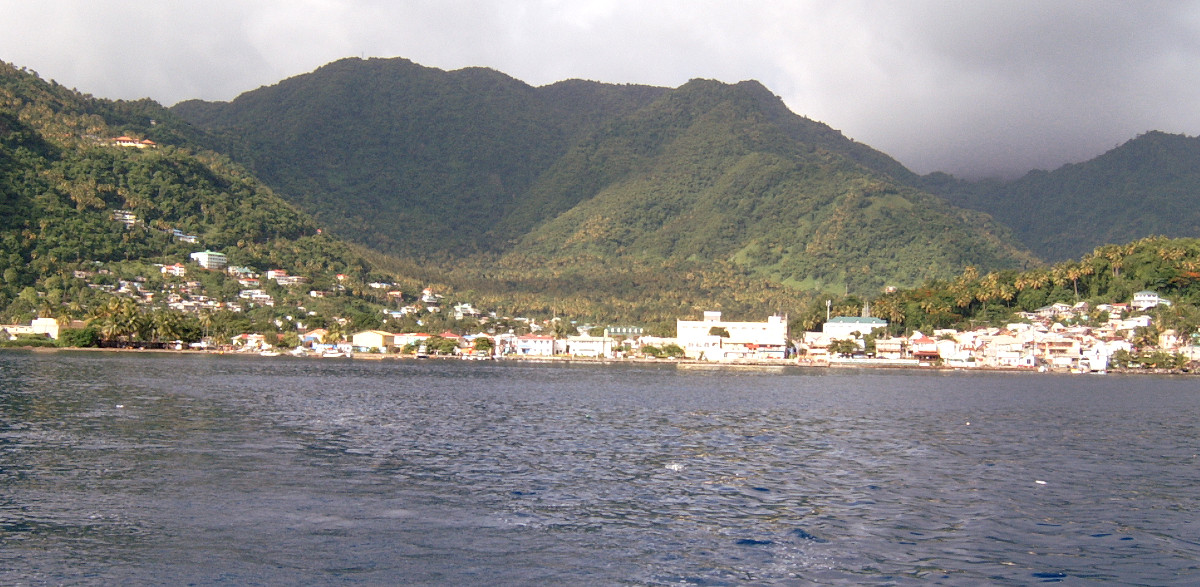
A number of tourist attractions which include the Diamond Botanical Gardens and a “Drive In Volcano”. It is said that Josephine de Beauharnais who was the Empress of Napoleon was born in this town, though this is disputed by historians who claimed she spent a large amount of her childhood there.
Below: To the southwest of the town you will see the Pitons in all their grandeur.
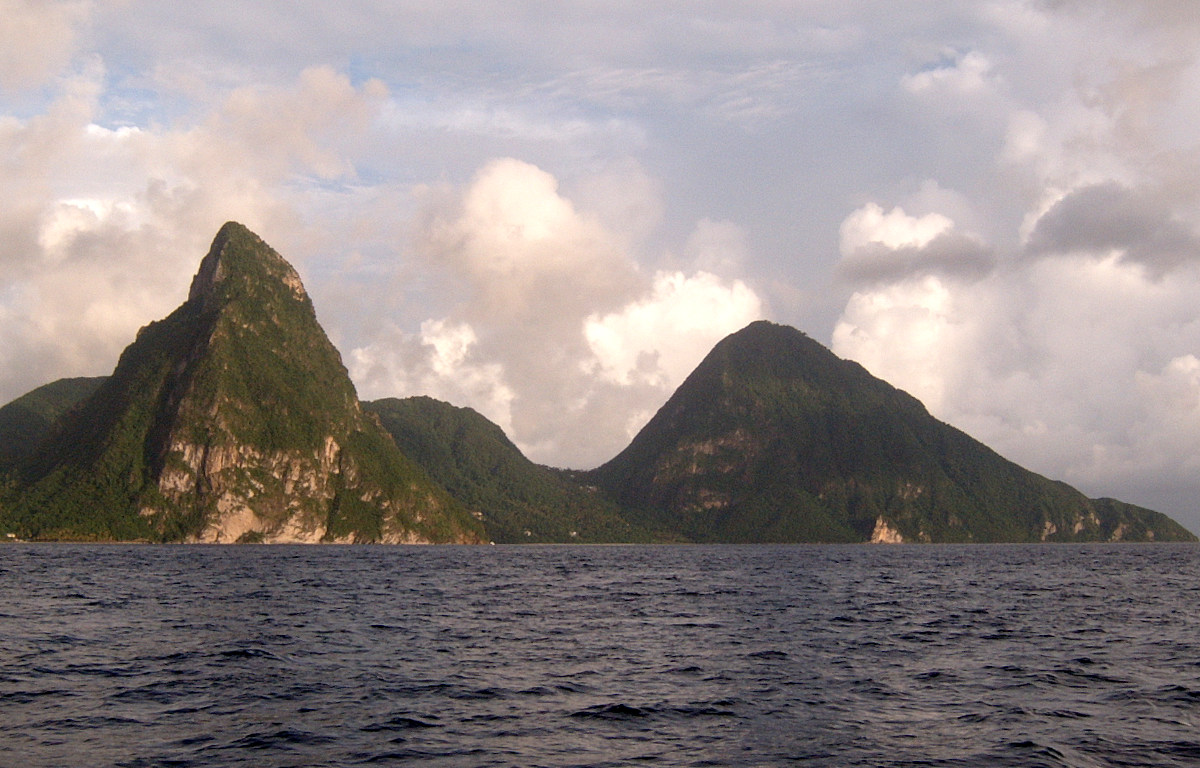
There is the Petite Piton and the Gros Piton. This part of St. Lucia is well known for its scuba diving and snorkelling as the mountains rise from the coral reefs and are a part of the UNESCO World Heritage Site.
Vieux Fort:
This quarter can be found in the southern region of St. Lucia. It is the second largest of the quarters with a land area of 51 km2 and has an approximate population of 7,328 inhabitants.
This is where you will find the international airport of St. Lucia – the Hewanorra International Airport. This is the only Amerindian name that the Island has inherited.
Below: The amazing white sand beach at Vieux Fort:
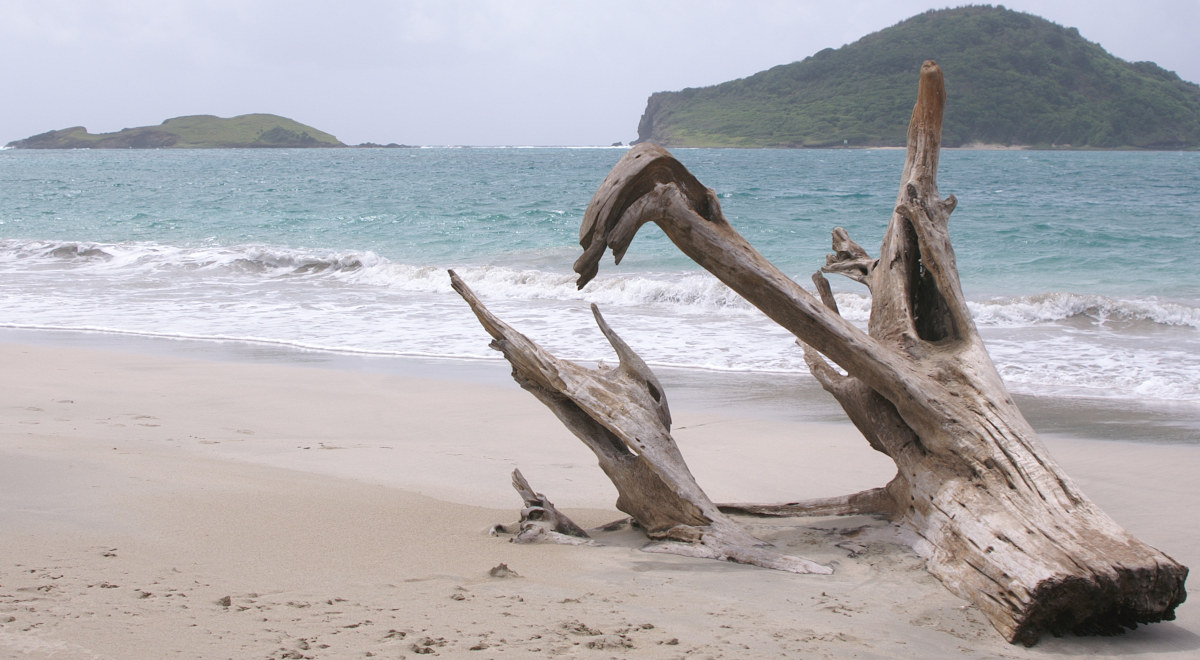
The west coast of Saint Lucia was once home to a number of sugar plantations, many of which have now been transformed into historic attractions. Visitors can explore these plantations and learn about the island's colonial history and the role of slavery in shaping the island's culture.
From the bustling capital city of Castries to the sleepy fishing villages of the north coast, each quarter has its own unique identity.
Visitors can explore historic landmarks, sample delicious seafood, learn about the island's colonial history, and immerse themselves in local agriculture.